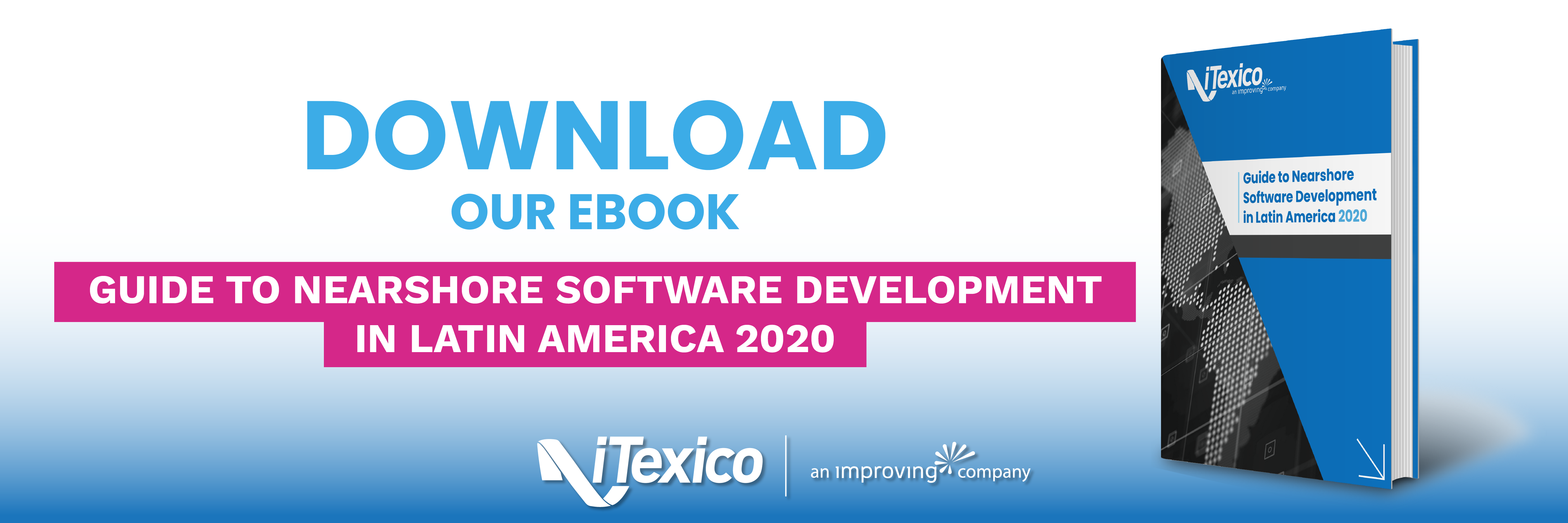Mobile App UX/UI Design Trends: Flat Design is Here to Stay
Trends are changing with the times. Design has always influenced ongoing behavior in all the areas of human interactions. You may have realized by now that Flat Design is all around us. Flat Design has been a technique used for a while now. This trend leads to polygonal curves and geometric shapes which are present in every object and image in which we interact with.
From cars, to architecture, to advertising and furniture, we see how the Flat Design will influence almost everything and Flat Design will influence almost everything from cars, architecture, advertising, and furniture.
Therefore, the wonderful area of UX / UI, which includes operating systems, web and mobile apps will incorporate Flat Design.
Why Flat Design in UX / UI?
There will always be reasons to justify a design or a design trend. What we can see is that the special characteristics of a UX / UI flat such as having solid colors, shapes, polygonal curves, bright colors, especially in large proportions and a single photograph in some cases, are unified to the Flat Design concept. This is something that is honest, usable and especially popular.
The concept of Flat Design is focused on usability and it really shows. The design elements and context tells users what to do, where to click, how to play a game, make a phone call and guide them through an interaction funnel. It is based on visual clues, such as color and large fonts with high contrast that help users find their way in an instant and without other competing elements.
Some may say that Flat Design is simple. However, this doesn't necessarily mean that it is equivalent to minimal design. While both techniques do focus on simplicity, Flat Design relies more frequently on the use of effects. Minimal Design schemes often use many of the "tricks" that are not a part of the flat trend.
One of the forerunners of this design trend is undoubtedly Microsoft. They make notorious changes in their user interfaces, their corporate image and logos, which have been redesigned to match this trend. The general public has been grateful for the visual distinction in their products.
This change was not only good for their products. It has added value and directly improved their position in the market. Their rival Apple is keeping a clear advantage in the design area and has always been considered the pioneer in technology design trends.
Will "Sir Jonathan Ive", the new appointed iOS project and user experience leader, will surprise us with a revolutionary design UI / UX? Affirmed the growing trend?
It will be a pleasant surprise to see the new design when the new version of iOS release in this July.
In a few words
In few words, Flat Design uses solid colors without textures, shades or gradients. Additionally, we would said that the main characteristics are (as well) geometric design, polygonal curves, color contrast, shiny colors, big and bold and background photography.
The following are some examples of UX/UI Design that we personally love:
Final Thoughts
We believe we are just seeing the early days of Flat Design. This is a trend that has slowly permeated their way through the foundations of design and is going to be a front player in the upcoming trends of technology experience design.
What do you think? Do you believe that these characteristics will help create a better user experience? We say yes. Feel free to leave your comments!
About the Authors
Ana Karen Ramirez is an Animation & Digital Art Designer who has worked in User Experience and User Interface design for more than 3 years.
Christopher Sanchez is a Graphic designer from the University of Guadalajara with 5 years of experience is Design and almost 2 years in UX/UI design.



Post Your Comment Here